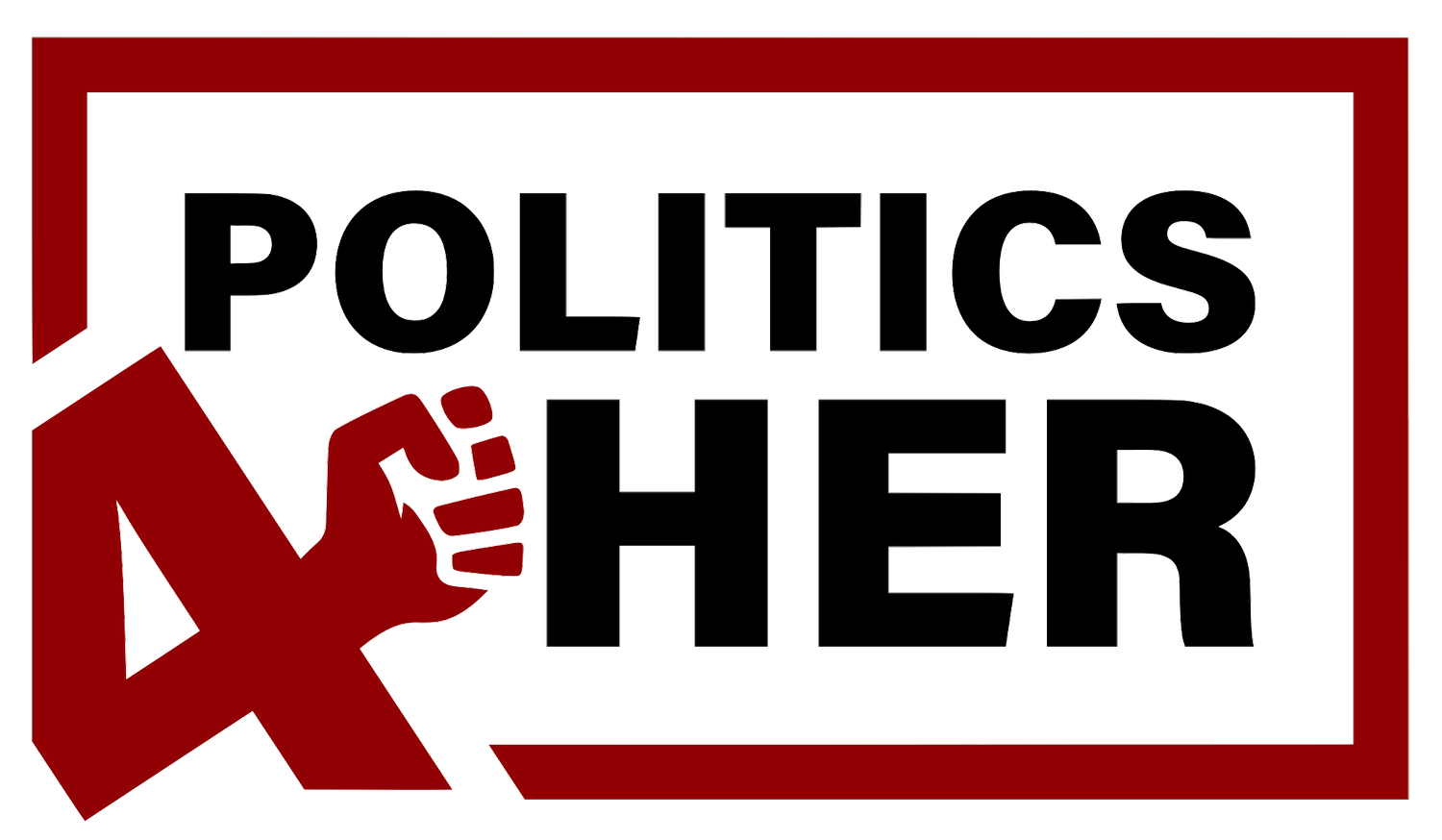Violence against indigenous women: a global issue?
As part of the 16 Days of Activism against Gender-Based Violence Campaign, Politics4Her Europe does not want to forget the relevance that inclusion has on our fight. That is why we are not failing to remember the indigenous women and girls collective and their situation in the European Union territory and expected to give visibility on this subject that is often forgotten about.
Little has changed since the colonial era, as indigenous women continue to suffer violence and persecutions of many forms. Indeed, their reservations are still used as dumping grounds for toxic or nuclear wastes. They were the minority with the highest poverty rate in the US and similar statistics are registered around the globe. Indigenous women specifically are six times more likely to be incarcerated than white women.These women are more vulnerable and are often left out of the conversation about womanhood, feminism and the fight towards equality in general.
We are left wondering what are the origins of these inequalities and targeted discrimination and where does Europe stand on this global issue ?
“This violence is rooted in historic and unequal patriarchal power structures, racism, exclusion, and marginalisation enabled by a legacy of colonialism” says Reem Alsalem, the UN Special Rapporteur regarding the violence perpetuated against indigenous women. In fact, in a world that discriminates based on gender, ethnicity and socioeconomic status, individuals that are underprivileged, indigenous and most importantly women are more likely to face a myriad of challenges. This triple discrimination exposes them to several forms of struggles such as limited participation in political life, social exclusion, and the prevalence of domestic and sexual violence. In addition to these systematic struggles, a number of other displays of violences is not only produced by their States or criminal groups, but also occurs through harmful practices within their own communities. Unfortunately, this is the lived reality of a lot of women since early childhood.
In every part of the world, indigenous women experience violence at an alarming rate, for example, according to Statistics Canada Survey, almost 56% of Indigenous women have experienced physical assault while almost 46% of them have experienced sexual assault. In comparison, about 34% of non-Indigenous women have experienced physical or sexual assault.
This worrying global situation has drawn the attention of the United Nations and, especially, of the Human Rights Council, which counts with a Report of the Special Rapporteur on violence against women, under the title “Violence against indigenous women and girls”. Recommendations have been made for countries and communities such as Bangladesh, Nepal, India, Myanmar, Kenya, Tanzania, Colombia, Peru and other global spaces, where indigenous communities constitute a large percentage of its population. But, what about Europe?
Though it is less known, the situation of Indigenous women in Europe is no better. For instance, the Sami women face systemic violences and challenges in which stigma, discrimination, and authority's omissions perpetuated this situation over decades (from the 1950s to 2017). Among the different European Indigenous communities, the Saami peoples are descendants of nomadic Scandinavians. Regarding this collective, the above-mentioned UN report on violence against women includes a comment on the Saami women’s situation:
“The Council of Europe Group of Experts on Action against Violence against Women and Domestic Violence, in its 2019 baseline evaluation reports to Finland and Sweden, noted the lack of measures taken and surveys carried out to identify Sami women’s exposure to gender-based violence and encouraged both States to carry out a population-based survey to assess Saami women’s exposure to sexual and domestic violence as a starting point for further policy measures”.
Josep Borrell, High Representative of the European Union shared the EU's commitment towards the defence of the rights of indigenous people:
"The EU stands in solidarity with more than 476 million indigenous peoples worldwide. We reiterate our firm commitment towards respect, protection and fulfilment of the rights of indigenous peoples as set out in the UN Declaration on the Rights of Indigenous Peoples and in international human rights law.”
In 2018, the European Parliament adopted its resolution on “Violations of the rights of indigenous peoples in the world, including land grabbing”, on which the study published by the UN in 2010 was mentioned, highlighting findings on the incidence of violence and rape affecting women members of indigenous populations being higher than that for the female population globally.
However, solidarity is never enough and few policy amendments need to be many. How can we provide proper assistance for the Saami Community when there is a humongous lack of information and data when it comes to them and their daily struggles? This gap between speeches and indigenous people's realities represents an obstacle in the fight against gender violence in Europe. Thanks to resilient women who fought long and hard for their voices to be heard (cf. Lyla June Johnston), Indigenous issues gained more exposure throughout the years. Despite all these efforts, there is still a long way to go in terms of focus on LGBTQ+ issues within the Indigenous community.
The promotion of gender equality and women’s empowerment cannot be complete without adopting an intersectional approach to this fight, meaning that sexual identity and sexual orientation among other variables should be taking into consideration as well.
References:
United Nations, Special Rapporteur on violence against women Report “Violence against indigenous women and girls”, A/HRC/50/26 (21 April 2022).
https://www.iwgia.org/en/news/4863-violence-against-indigenous-women-a-global-challenge.html
https://www.eeas.europa.eu/eeas/indigenous-women-heartbeat-keeps-ancestral-communities-alive_en
https://sweden.se/life/people/sami-in-sweden
https://www.fao.org/indigenous-peoples/our-pillars/focus-area-women/en/
https://www.ohchr.org/sites/default/files/2022-03/ILGA.pdf
https://www150.statcan.gc.ca/n1/pub/85-002-x/2022001/article/00004-eng.htm
